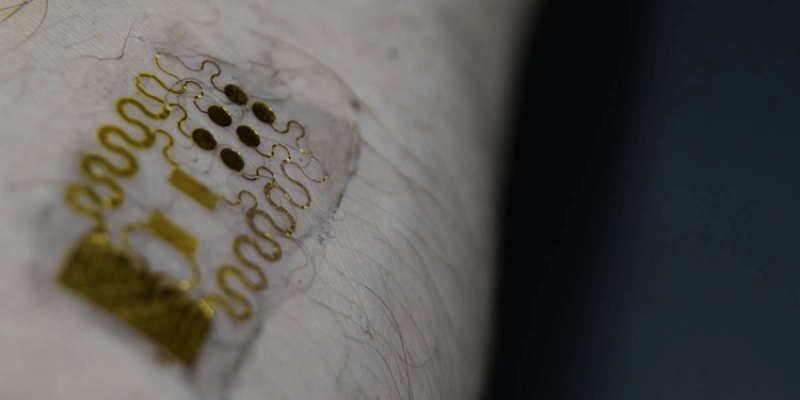Millions of people dealing with diseases and suppressed immune systems are often forced to deal with chronic wounds—often minor injuries that nonetheless take much longer to heal because of compromised health. In addition to vastly varying degrees of recovery, issues like diabetic ulcers are also incredibly expensive, with treatment for a single incident costing as much as $50,000. Overall, chronic injuries cost Americans $25 billion a year, but a remarkable new device could soon offer a much more effective and cost-efficient way to not only help patients heal, but do so better than ever before.
Researchers at Stanford University have designed a smart bandage capable of monitoring wounds’ healing in real time, as well as accelerate tissue growth and blood flow around them while reducing scar severity. First described today through findings published in Nature Biotechnology, the team’s new material is only 100 microns thick (equivalent to a single layer of latex paint), yet contains radio antenna, electrical stimulator, biosensors, and other components resting atop a skin-like polymer known as a hydrogel. Once adhered atop a patient’s injury, the smart bandage monitors temperature and other biometric readings, then transmits that data to a smart phone program. If the wound is found to be healing too slowly or if an infection is detected, the device emits small electrical stimulations across the site to boost tissue growth and reduce inflammation.































